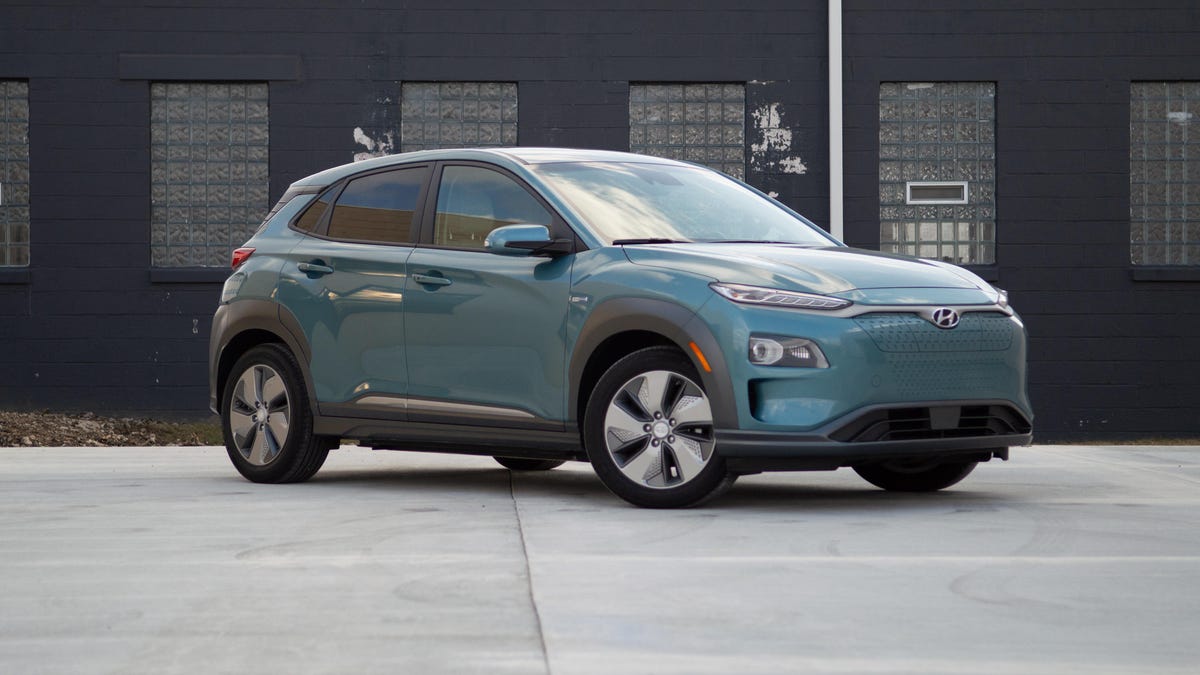EU mandate for low-speed electric vehicle noises goes into effect today
This should be a big help to pedestrians without perfect vision.
If you've ever driven in an electrified vehicle and have heard a strange noise as it speeds up and slows down, I hope you've become used to it, because it's about to become the new normal. While a mandate for these low-speed noises won't happen in the US until 2020, it's now codified in law in the European Union.
The EU's mandate for low-speed EV noises came into effect on Monday. Now, all new electric vehicles must come equipped with parts that produce noise under 12 miles per hour. There's no hard and fast rule on how a car must sound, but it has to land within a certain frequency range, and it must change pitch depending on acceleration and deceleration. The driver can still defeat these systems in certain situations, like stop-and-go highway traffic. The sound usually comes from a small pair of speakers located behind the body at the front and rear of the vehicle.
It's worth noting that this only applies to four-wheeled electric vehicles. As of this writing, there is no law affecting electric motorcycles, although that may change as they grow in number in the future. The law affects both new EVs and vehicles that were sold prior to the mandate kicking in.
This might irk people who hoped for a much quieter future with electric vehicles, but it's not like these noises are particularly annoying or loud. In fact, any complaints about noise are outweighed by the simple fact that these systems will help blind pedestrians notice and avoid contact with electric vehicles, which would otherwise roll down a street in relative silence. In fact, Jaguar had to take its noise-making plans back to the drawing board after its initial sound for the I-Pace EV sounded so much like a "sci-fi spacecraft" that people kept looking up at the sky during testing.
The decision to mandate low-speed EV noises could open up an entirely new market for customization. Several months ago, I took a trip to Harman's R&D facility in Novi, Michigan, where the supplier was working on a multitude of low-speed EV sounds that replicated noises ranging from futuristic to old-school. Giving EV owners the option of changing sounds to fit their preferences could become a whole new way to give your car a bit of customized appeal.


